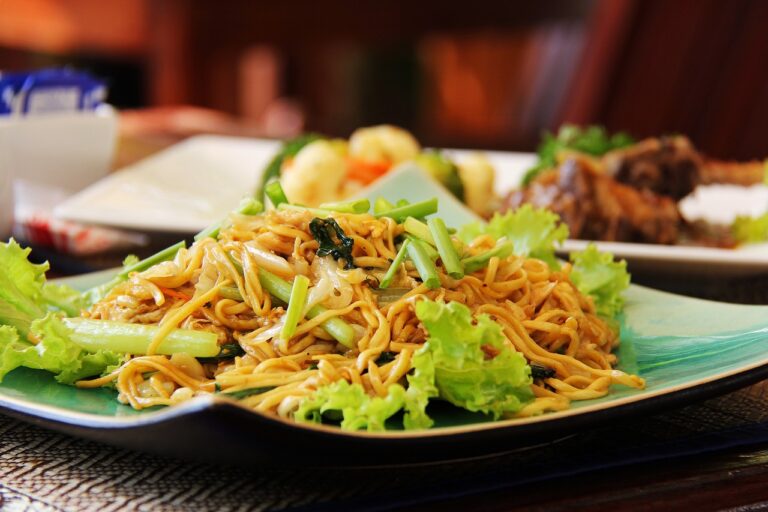The Role of Food Industry in Reducing Single-Use Plastics: Strategies and Innovations
The food industry faces numerous challenges in its efforts to reduce the use of single-use plastics. One major obstacle is the limited availability of cost-effective alternatives that can maintain food quality and safety while also being environmentally friendly. Finding sustainable packaging solutions that are practical and affordable remains a significant hurdle for many companies.
Additionally, another challenge is the lack of standardized regulations and guidelines surrounding the use of alternative materials in food packaging. With varying laws and restrictions in different regions, it can be difficult for food companies to navigate the complexities of transitioning away from single-use plastics. This lack of uniformity creates uncertainty and barriers to implementing sustainable practices across the industry.
Innovative Alternatives to Single-Use Plastics in Food Packaging
Biodegradable packaging materials have emerged as promising alternatives to traditional single-use plastics in the food industry. Made from natural sources such as plants, sugarcane bagasse, and algae, these materials break down easily in the environment without leaving harmful residues. Not only do biodegradable packaging options reduce plastic waste, but they also contribute to a more sustainable and eco-friendly food packaging system.
Another innovative alternative gaining traction is edible packaging. Edible films and coatings made from ingredients like seaweed, starches, and proteins offer a creative solution to reducing single-use plastics in food packaging. These edible materials not only serve as packaging but can also enhance the sensory experience of consuming food products. With their biodegradability and consumer-friendly appeal, edible packaging solutions are paving the way for a more sustainable future in the food industry.
Collaborations between Food Industry and Packaging Companies
In an effort to address the pressing issue of single-use plastics in food packaging, collaborations between the food industry and packaging companies have become increasingly prevalent. These partnerships aim to develop innovative and sustainable alternatives that can effectively reduce the environmental impact of plastic waste.
By working together, food industry players and packaging companies can leverage their expertise and resources to drive meaningful change in the way food products are packaged and distributed. These collaborations often involve conducting research, testing new materials, and implementing new packaging solutions that are not only eco-friendly but also meet the requirements for food safety and preservation.
Collaboration between food industry and packaging companies is on the rise
Aim to develop innovative and sustainable alternatives to single-use plastics
Leveraging expertise and resources to drive meaningful change in packaging
Research, testing new materials, implementing eco-friendly packaging solutions
What are some challenges faced by the food industry in reducing single-use plastics?
Some challenges include finding cost-effective alternatives, ensuring packaging meets food safety standards, and educating consumers on the importance of reducing single-use plastics.
What are some innovative alternatives to single-use plastics in food packaging?
Some innovative alternatives include compostable packaging made from plant-based materials, reusable packaging options, and edible packaging made from seaweed or other natural ingredients.
How can collaborations between the food industry and packaging companies help reduce single-use plastics?
Collaborations can lead to the development of innovative packaging solutions, shared resources and expertise, and a collective effort to address the environmental impact of single-use plastics in the food industry.







